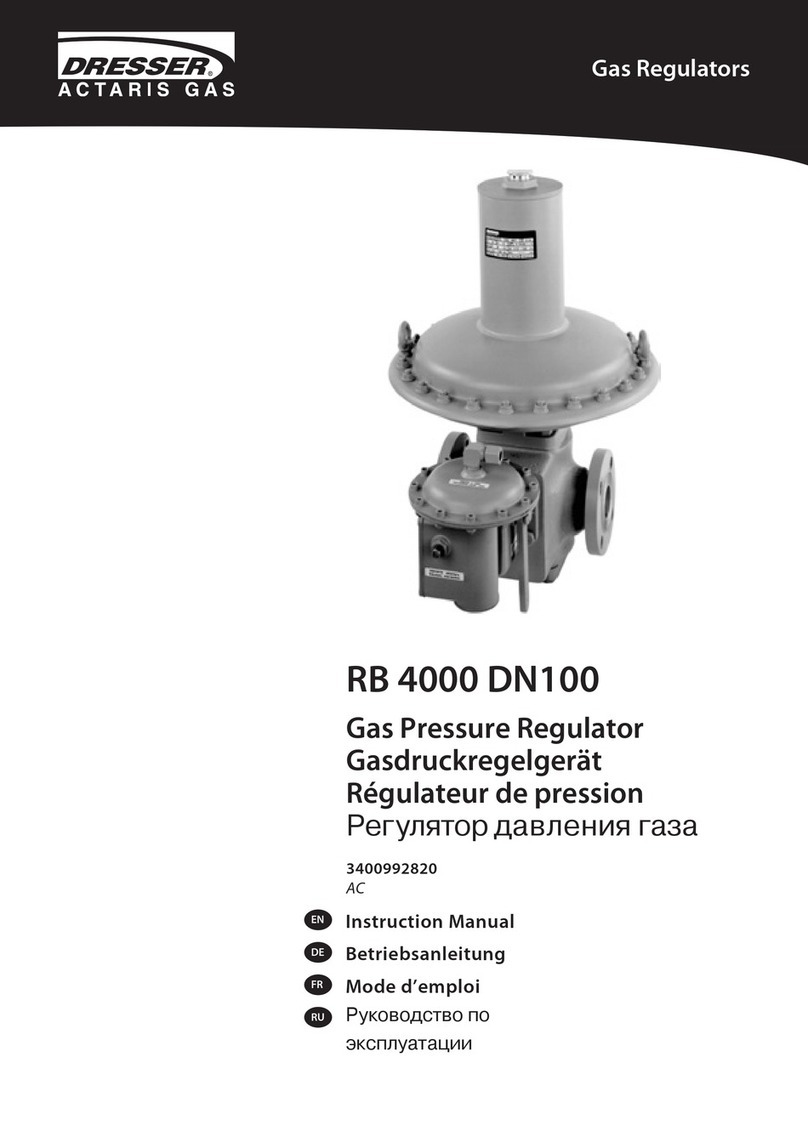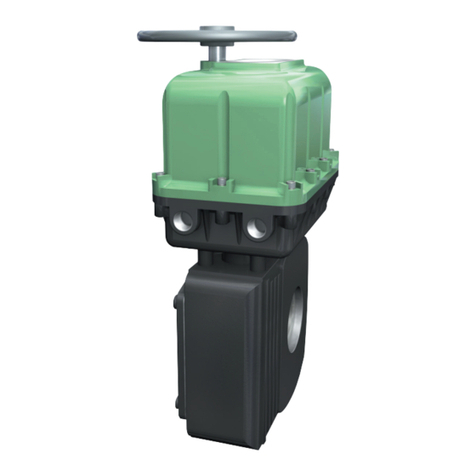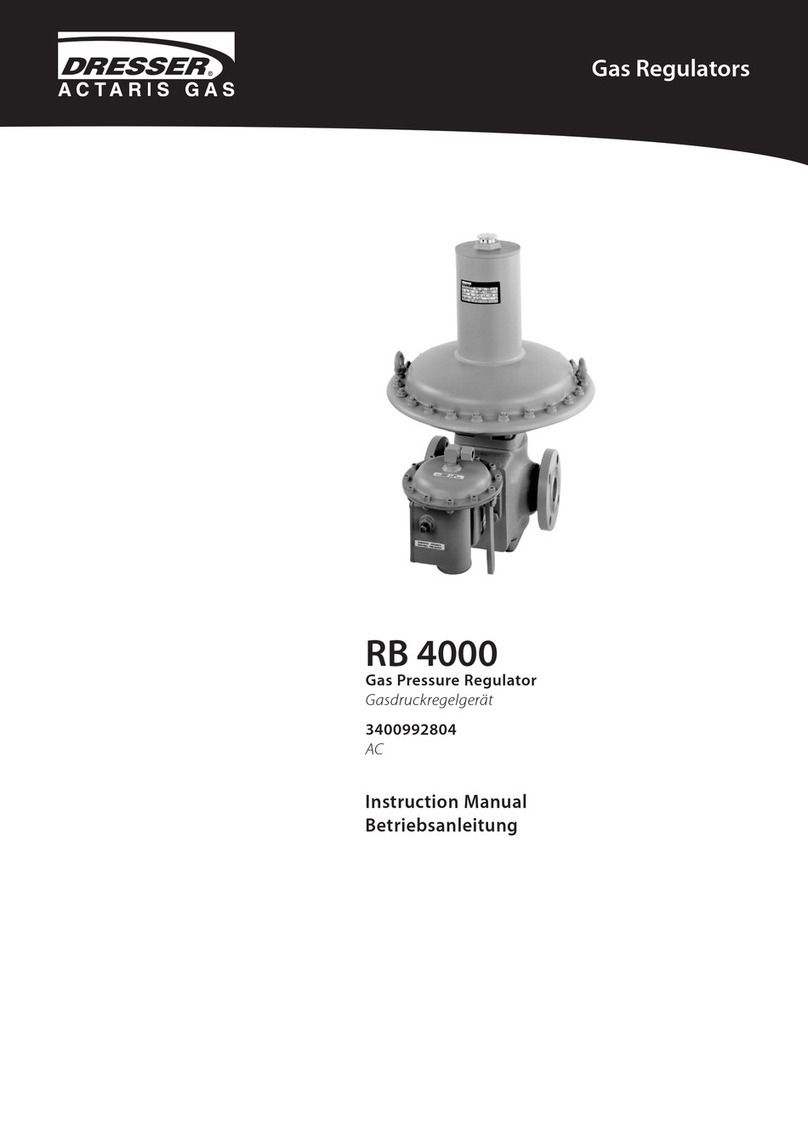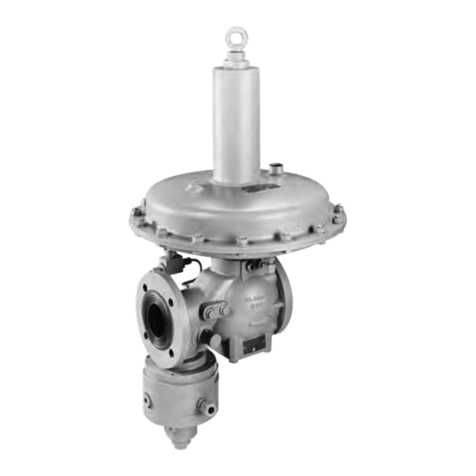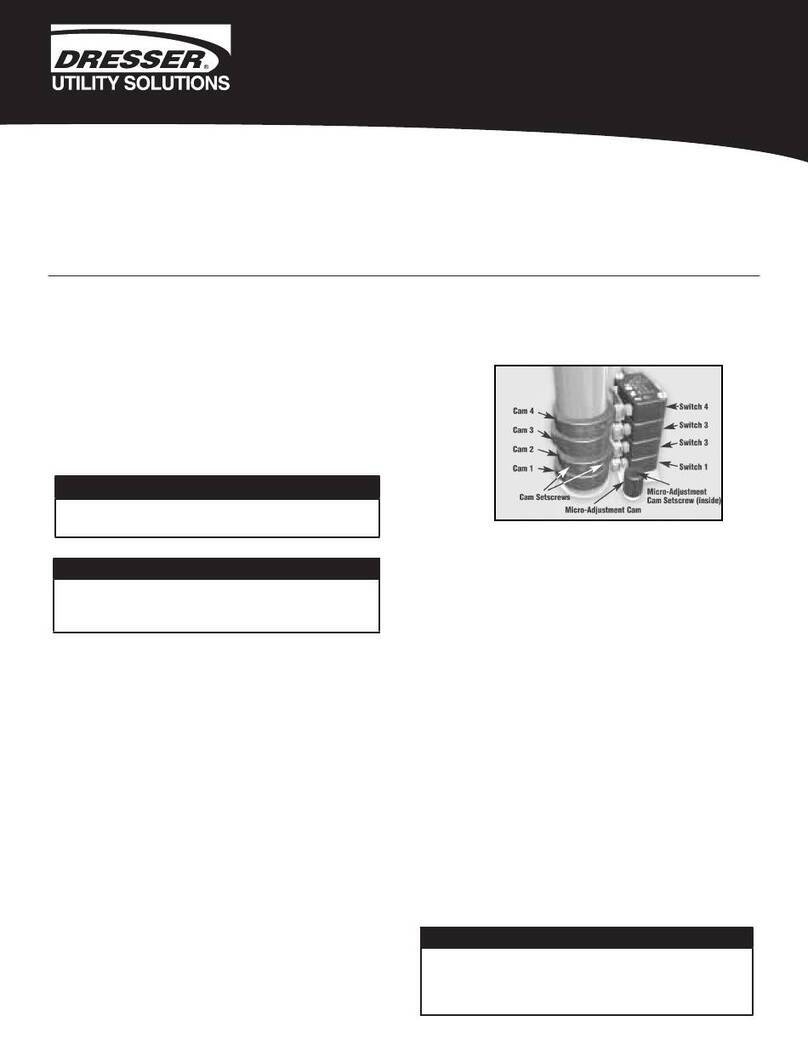
5
Do not open actuator cover if there is risk of an
explosive environment. Care must be taken with the
joint surface when handling, installing or storing to
preserve the integrity of the explosion-proof joint. See
joint handling instructions under the Installation section
of this manual. Failure to observe these instructions may
compromise the enclosure protection rating.
Fasteners
Both Metric and Imperial fasteners used, use applicable
tools. The enclosure cover bolts and the hard stop
assembly are metric threads and the rest of the others are
imperial threads.
All fasteners must be intact and properly tightened.
Enclosure cover screws, mounting fasteners and cable
glands must be tightened to specied torque values.
Failure to maintain specied torque for cover screws and
cable glands may compromise the enclosure protection
rating. Failure to maintain specied torque for mounting
fasteners may compromise actuator operation. See
Installation and Maintenance sections of this manual
for specied fastener and torque requirements, as
well as safety and maintenance information.
WARNING
EXPLOSION HAZARD
Death or serious injury
could result.
Maintain cover screw and
cable gland fastener torque
specications to ensure enclosure
protection.
Seals
All seals must be routinely checked to ensure that
they are in good condition, properly sealed and
replaced as needed. Failure to do so may compromise
the enclosure protection rating. See Installation and
Maintenance sections for instructions.
WARNING
EXPLOSION HAZARD
Death or serious injury
could result.
Maintain all seals to ensure
enclosure protection.
Cable Glands
Cable glands must be installed and maintained
and properly torqued according to the Installation
and Maintenance specications. Failure to do so
may compromise the enclosure protection rating.
See Installation and Maintenance sections for
instructions.
WARNING
EXPLOSION HAZARD
Death or serious injury
could result.
Maintain cable gland torque
specications to ensure enclosure
protection.
Grounding and Bonding
Failure to properly ground or bond the device may
result in death or serious injury due to explosive hazards.
See Bonding and Grounding under the Installation
section of this manual for proper specications.
WARNING
EXPLOSION HAZARD
Death or serious injury
could result.
Ensure device is
properly grounded to
avoid explosion hazard.
Spring Housing
Caution:
Loaded spring inside actuator.
Do not attempt to repair actuator below top gear plate,
unless properly trained on repair methods.
Enclosure Surface Temperature
Enclosure surface temperature may be higher due to
operation. This could result in burns to the operator’s
hand if touched while the enclosure is hot. Please
allow the enclosure to cool to the specied ambient
temperature range before touching the enclosure
for handling.
WARNING
BURN HAZARD
Hot surface inside.
Allow to cool before servicing.

